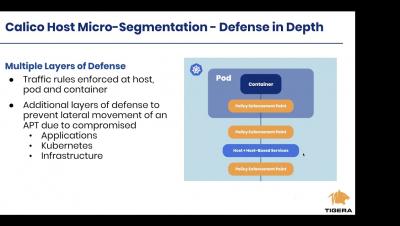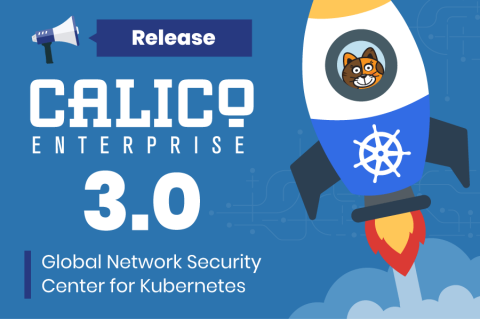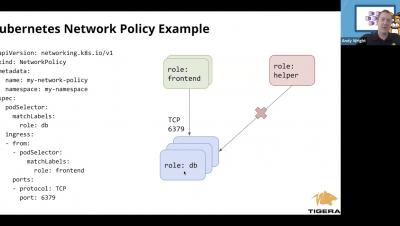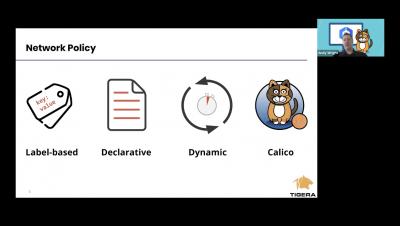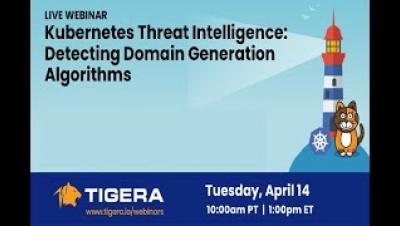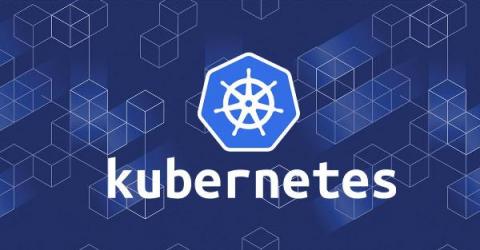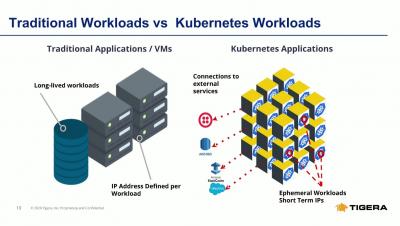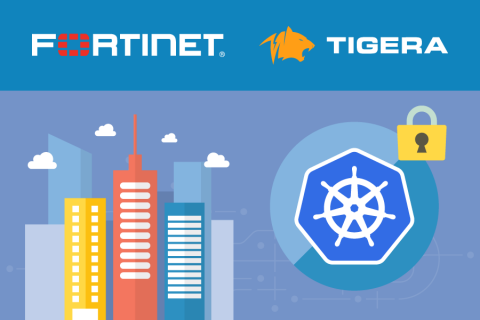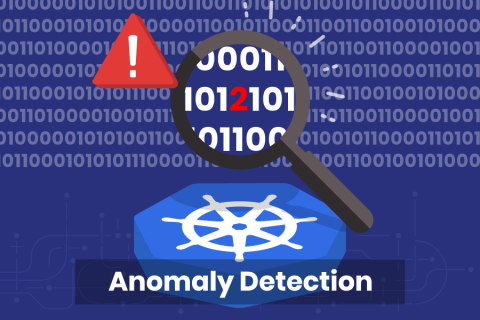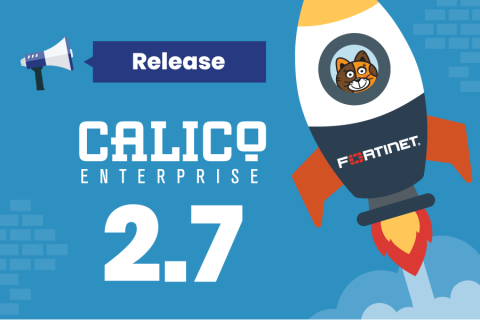Security | Threat Detection | Cyberattacks | DevSecOps | Compliance
Tigera
Calico Enterprise 3.0 - Global Network Security Center for Kubernetes
As our enterprise customers build out large, multi-cluster Kubernetes environments, they are encountering an entirely new set of security challenges, requiring solutions that operate at scale and can be deployed both on-premises and across multiple clouds.
How to Implement Network Policy in Azure AKS to Secure Your Cluster
How to Implement Network Policy in Amazon EKS to Secure Your Cluster
Kubernetes Threat Intelligence: Detecting Domain Generation Algorithms (DGA)
Why use Typha in your Calico Kubernetes Deployments?
Calico is an open source networking and network security solution for containers, virtual machines, and native host-based workloads. Calico supports a broad range of platforms including Kubernetes, OpenShift, Docker EE, OpenStack, and bare metal. In this blog, we will focus on Kubernetes pod networking and network security using Calico. Calico uses etcd as the back-end datastore. When you run Calico on Kubernetes, you can use the same etcd datastore through the Kubernetes API server.
How Fortinet and Tigera Protect Kubernetes in the Enterprise
Container use continues to grow, and Kubernetes is the most widely adopted container orchestration system, managing nearly half of all container deployments.1 Successful integration of container services within the enterprise depends heavily on access to external resources such as databases, cloud services, third-party application programming interfaces (APIs), and other applications. All this egress activity must be controlled for security and compliance reasons.
How to Efficiently Detect Domain Generation Algorithms (DGA) in Kubernetes with Calico Enterprise
2020 is predicted to be an exciting year with more organizations adopting Kubernetes than ever before. As critical workloads with sensitive data migrate to the cloud, we can expect to encounter various Advanced Persistent Threats (APT) targeting that environment.
Extend Fortinet FortiGate to Kubernetes with Calico Enterprise 2.7
We are excited to announce the general availability of Calico Enterprise 2.7. With this release, Fortinet’s 400,000 customers can use FortiGate to enforce network security policies into and out of the Kubernetes cluster as well as traffic between pods within the cluster.


